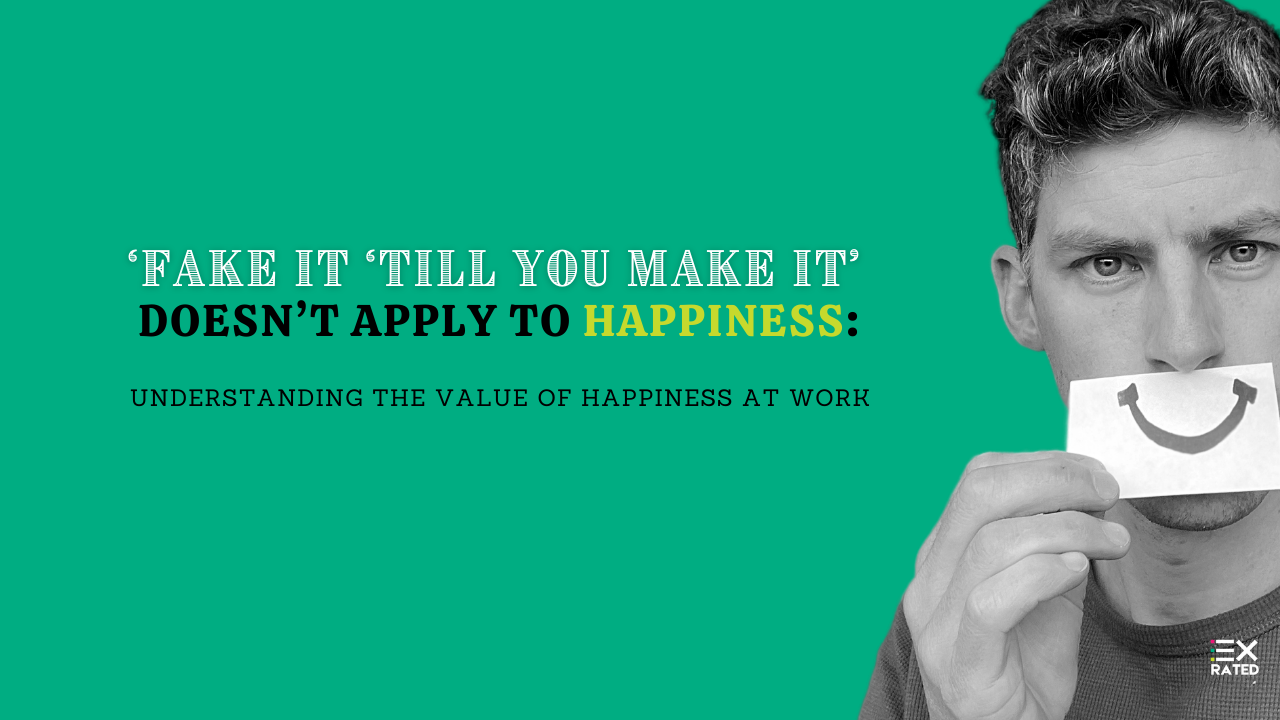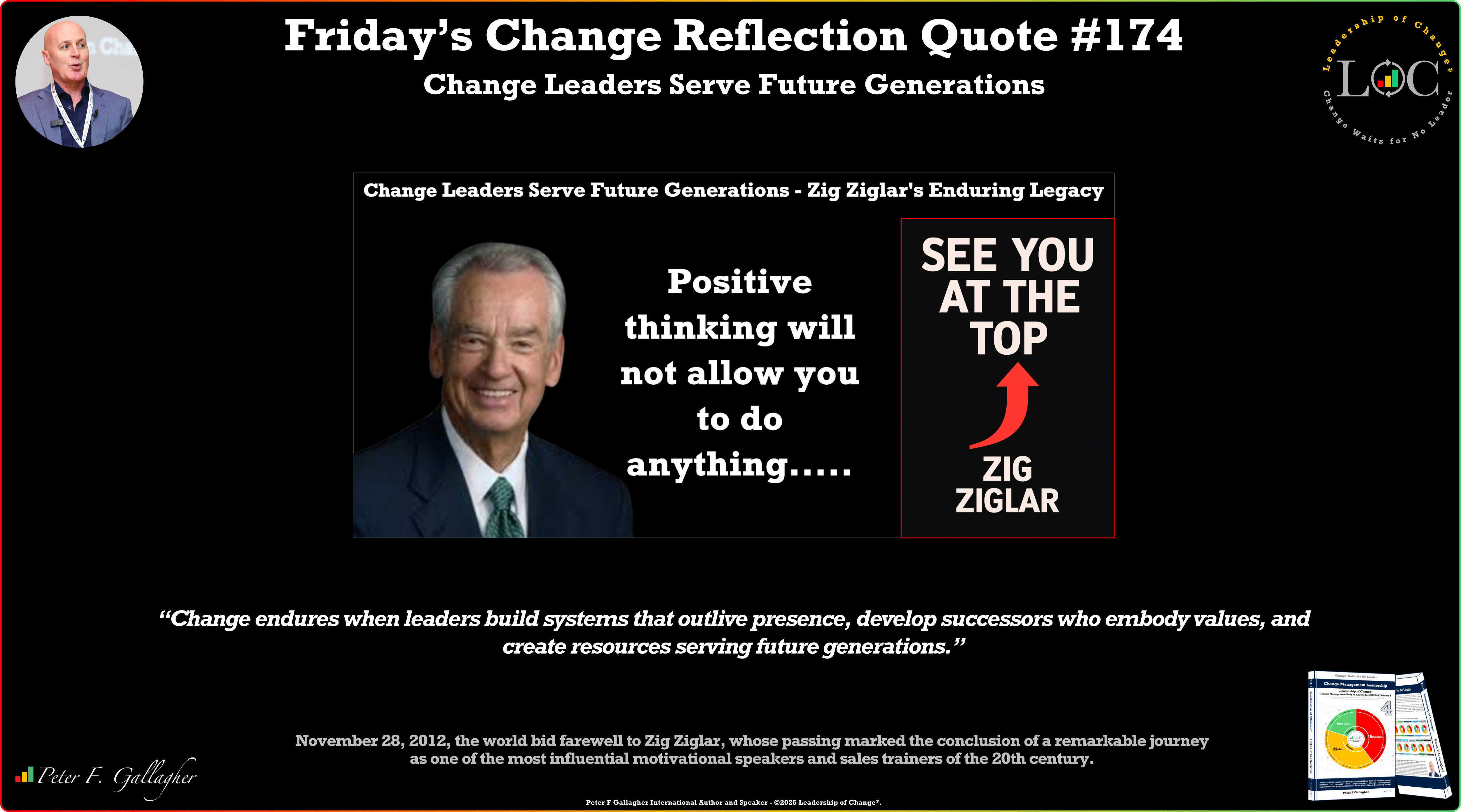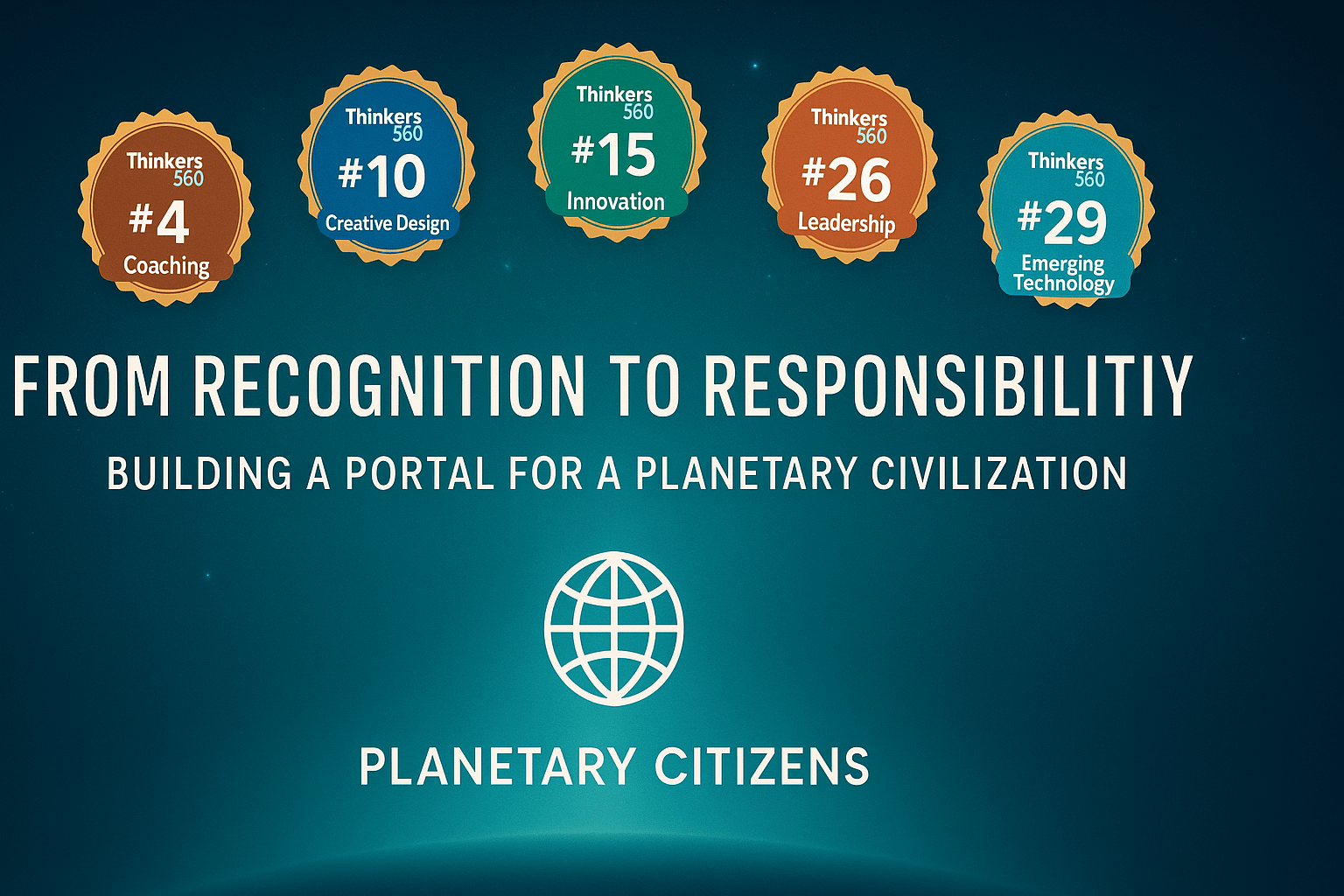Jun01

If you’re happy and you know it… fake a smile? Not quite how the childhood song goes, but it is something that many of us do each day. Especially for those who work in client and customer-facing roles, the expectation to ‘fake it ‘til you make it’ and put on a happy face is high. And yet, a genuine smile cannot be faked, and authentic happiness can’t be forced.
There is no replacement for a real, authentic, honest smile that comes from a place of true contentment. And, as it turns out, genuine happiness is also good for business outcomes. Happy employees are more productive and engaged in their work, which is a win-win for employees and their employers.
Let’s look a bit more about why ‘fake it ‘till you make it’ doesn’t apply to happiness and why leaders need to understand the value of happiness at work.
Anyone who has worked a customer service job knows how to put on a happy face at work. There’s an expectation a lot of the time to smile, laugh, and generally appear to be happy when interacting with customers in that type of role.
Faking happiness comes at a cost—it takes emotional labour, which is defined as “managing emotions during interactions to achieve professional goals and conform to work role requirements.” Here are some symptoms of the emotional labour of faking happiness:
So, happiness matters. There are several studies to suggest that happy employees have a massive ROI in the workplace. One study found that happy workers are 13% more productive. The study was able to demonstrate a tangible link between reported happiness levels and productivity as measured by metrics like calls per hour and sales conversions.
This increase in productivity will, obviously, increase the positive business outcomes like higher revenue or increased client acquisition. But it also has benefits beyond just productivity and revenue generation. Increasing happiness amongst employees has other positive outcomes, including:
I mean, it all makes sense, right? Being happy and content makes it easy to work hard and do your absolute best—it’s the natural outcome. So, employees who are happy in their role will bring massive ROI back to the workplace through increased motivation, engagement, and productivity in their work.
Happiness matters, we can see that. So how do we get there? I believe that managers have a huge role to play because they are the ones who directly interact with employees and are setting up the conditions under which people are happy at work.
An important caveat is that, ultimately, each person is responsible for their own happiness. We should all exercise our agency to leave unhealthy environments, have difficult conversations about things that need to change, or work on our mindset so that we can experience gratitude and positivity. So, this is not to say that managers are 100% responsible to make employees happy. Rather, they have influence and authority to make positive changes that naturally improve the happiness of their employees.
This Forbes article outlines a few great ways that managers can increase happiness in their team:
There’s a cost to fake smiles and inauthentic happiness—the emotional burden for employees leads to exhaustion and lack of engagement. But true happiness can have a dramatic and positive impact on a personal and professional level. Managers need to be aware of this and take steps to start creating a positive work environment that fosters employee happiness. I don’t know about you, but I’m ready to see happiness become a KPI for success in the future! It’s simply too important to forget about.
Till next time,
Hooroo
Keywords: Change Management, Customer Experience, Future of Work
 The AI Curriculum: A Library's Deep Dive into Artificial Intelligence
The AI Curriculum: A Library's Deep Dive into Artificial Intelligence Friday’s Change Reflection Quote - Leadership of Change - Change Leaders Serve Future Generations
Friday’s Change Reflection Quote - Leadership of Change - Change Leaders Serve Future Generations The Corix Partners Friday Reading List - November 28, 2025
The Corix Partners Friday Reading List - November 28, 2025 The High-Performing Manager’s Burger: A Practical DoD that Reduces Defects and Shortens Cycle Time
The High-Performing Manager’s Burger: A Practical DoD that Reduces Defects and Shortens Cycle Time From Recognition to Responsibility: Building a Portal for a Planetary Civilization
From Recognition to Responsibility: Building a Portal for a Planetary Civilization